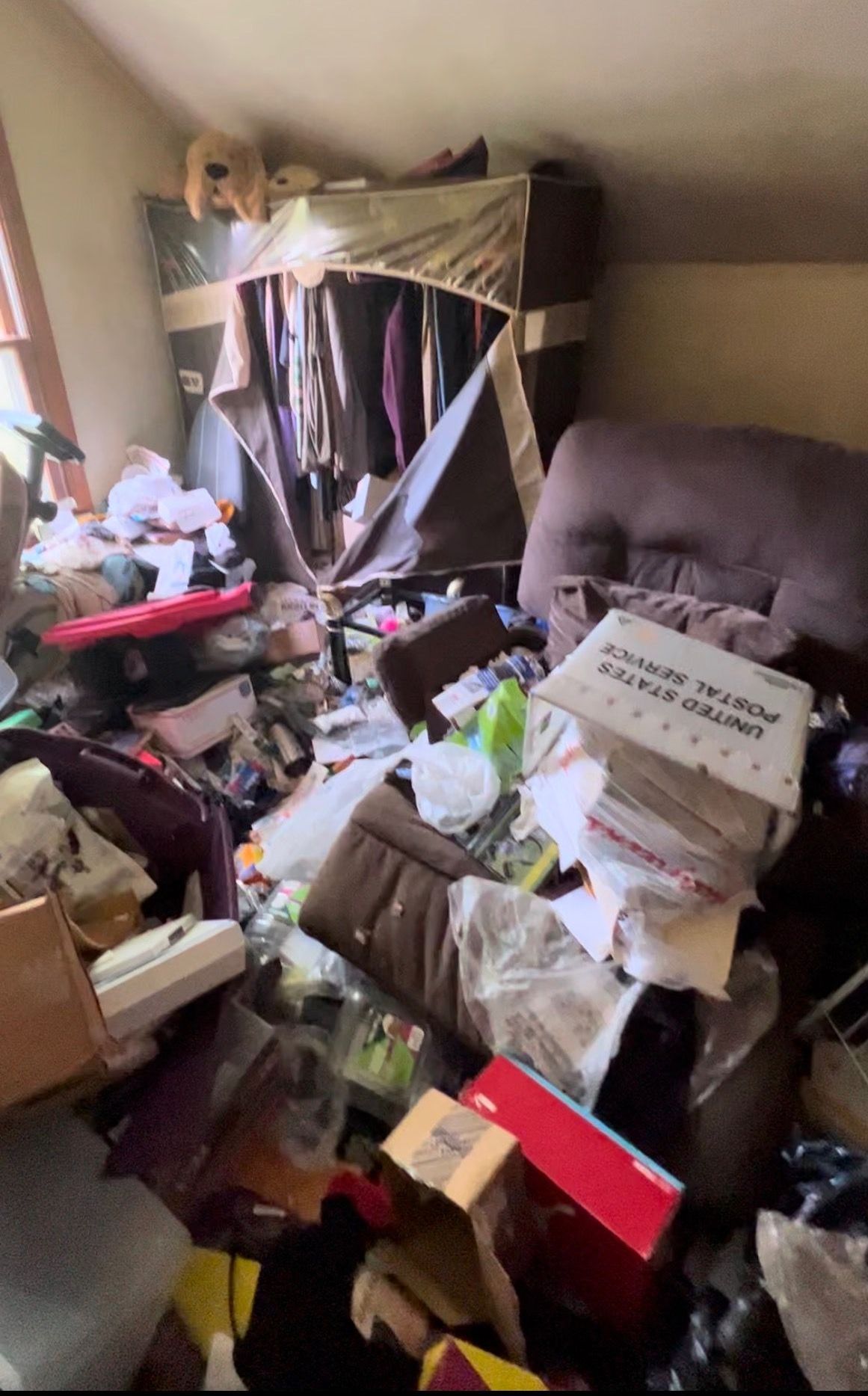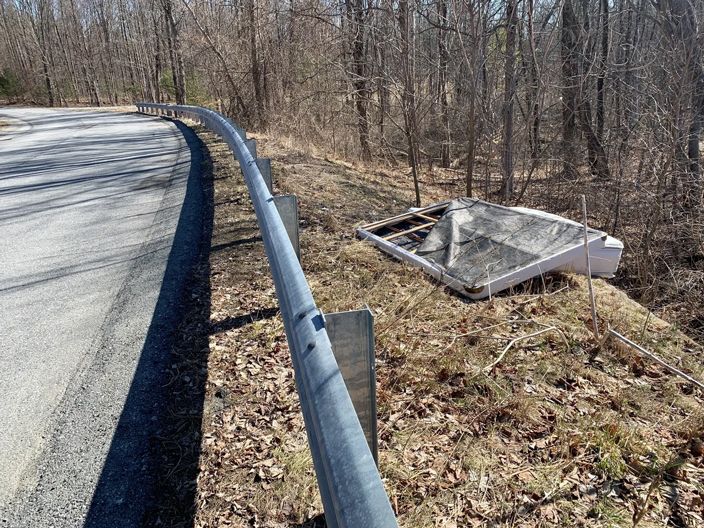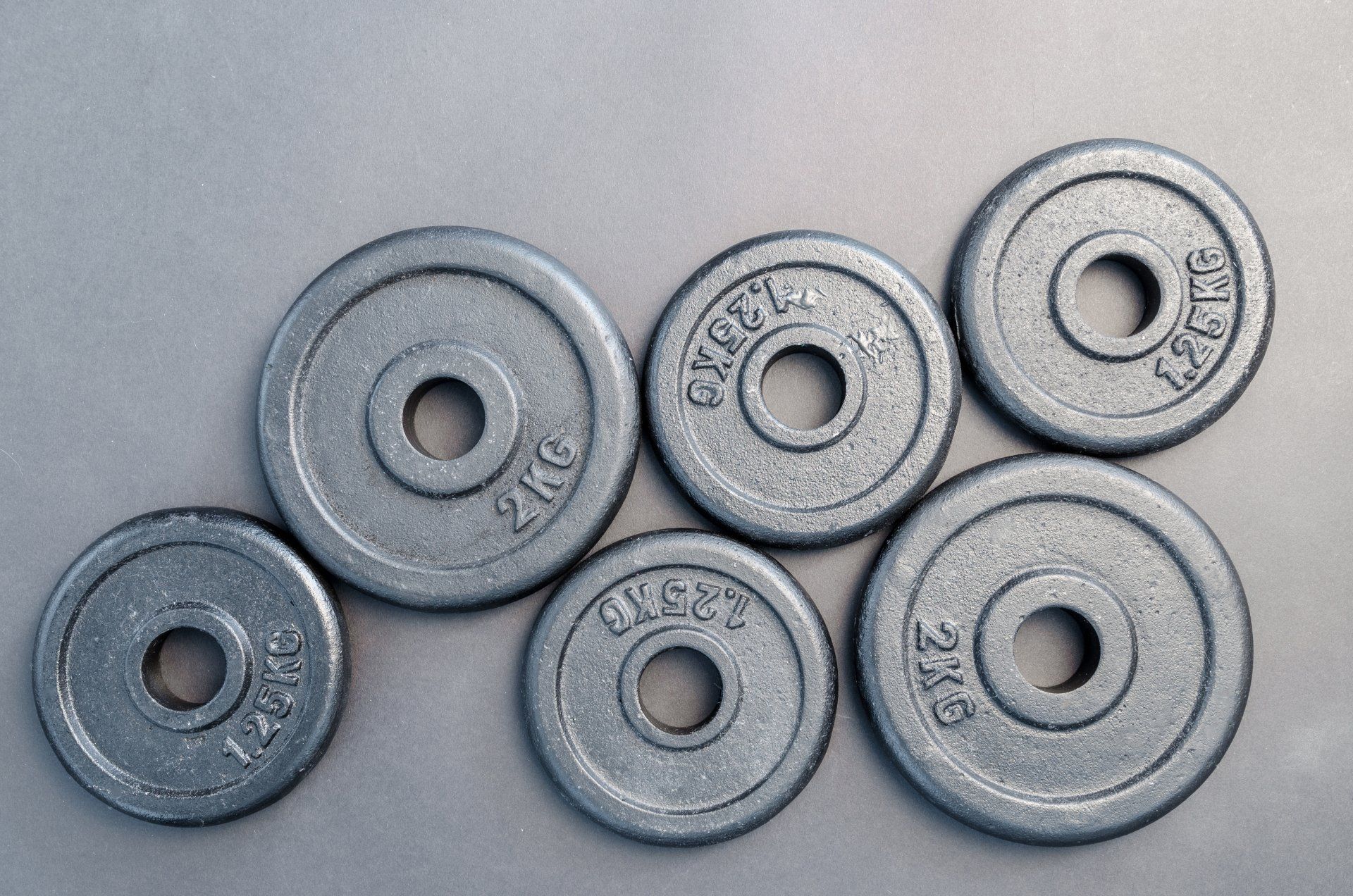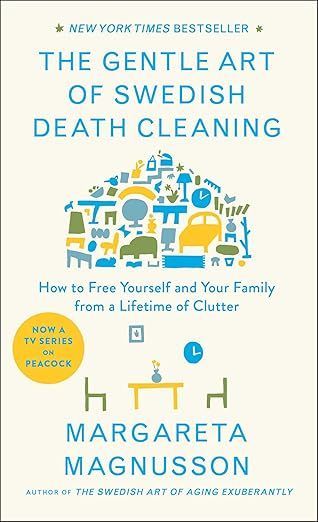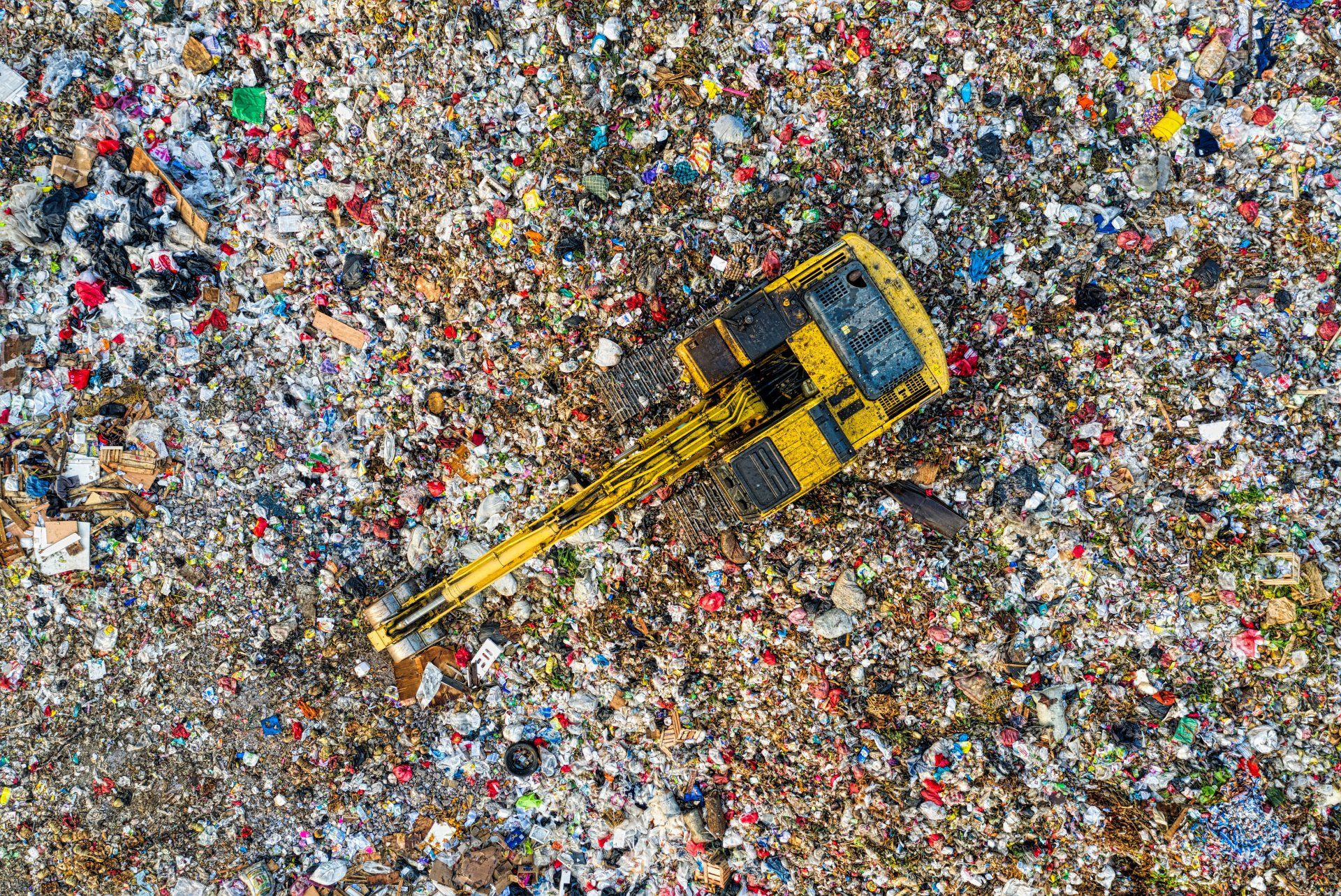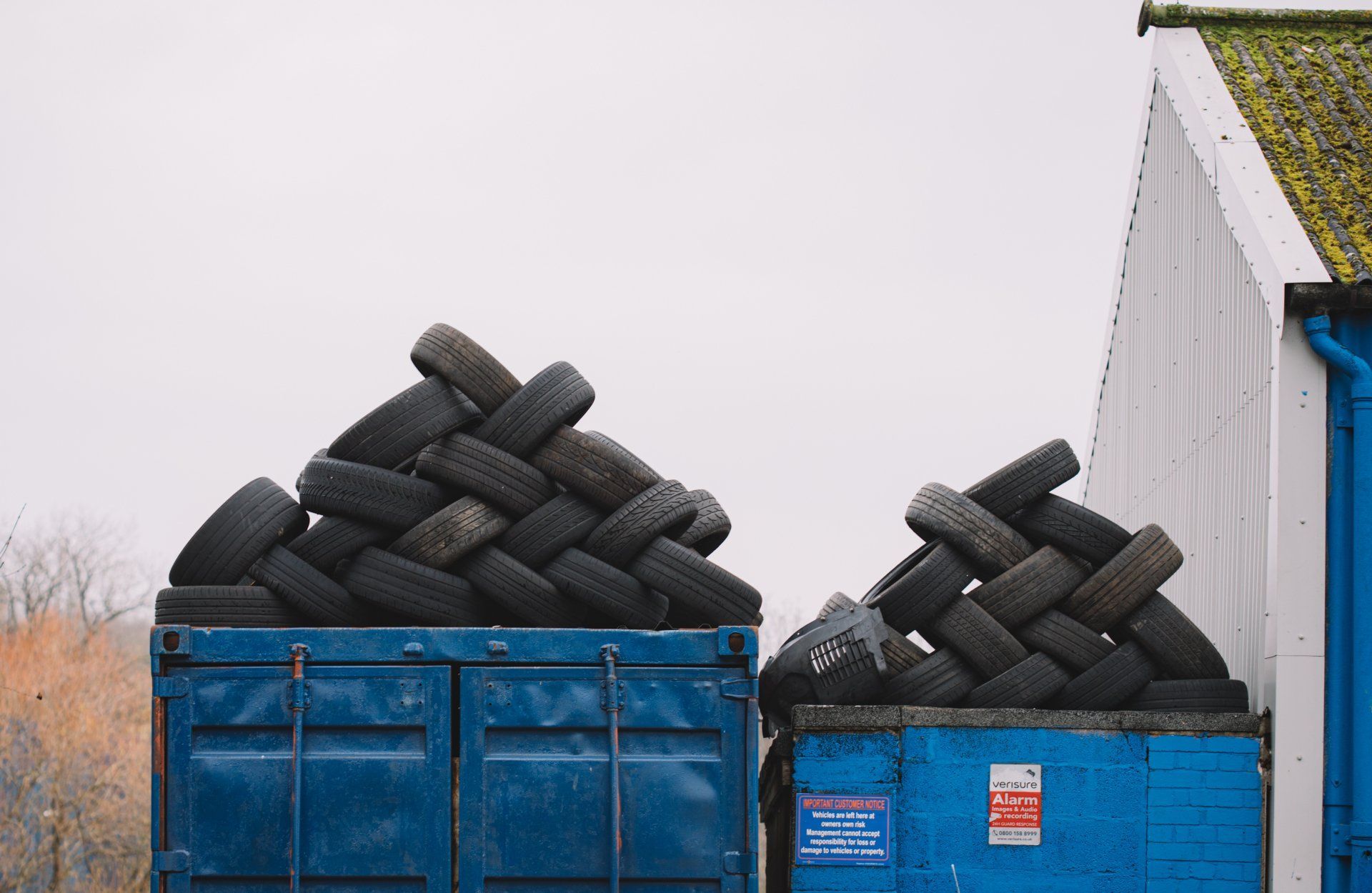Fast Fashion and the Textile Tsunami
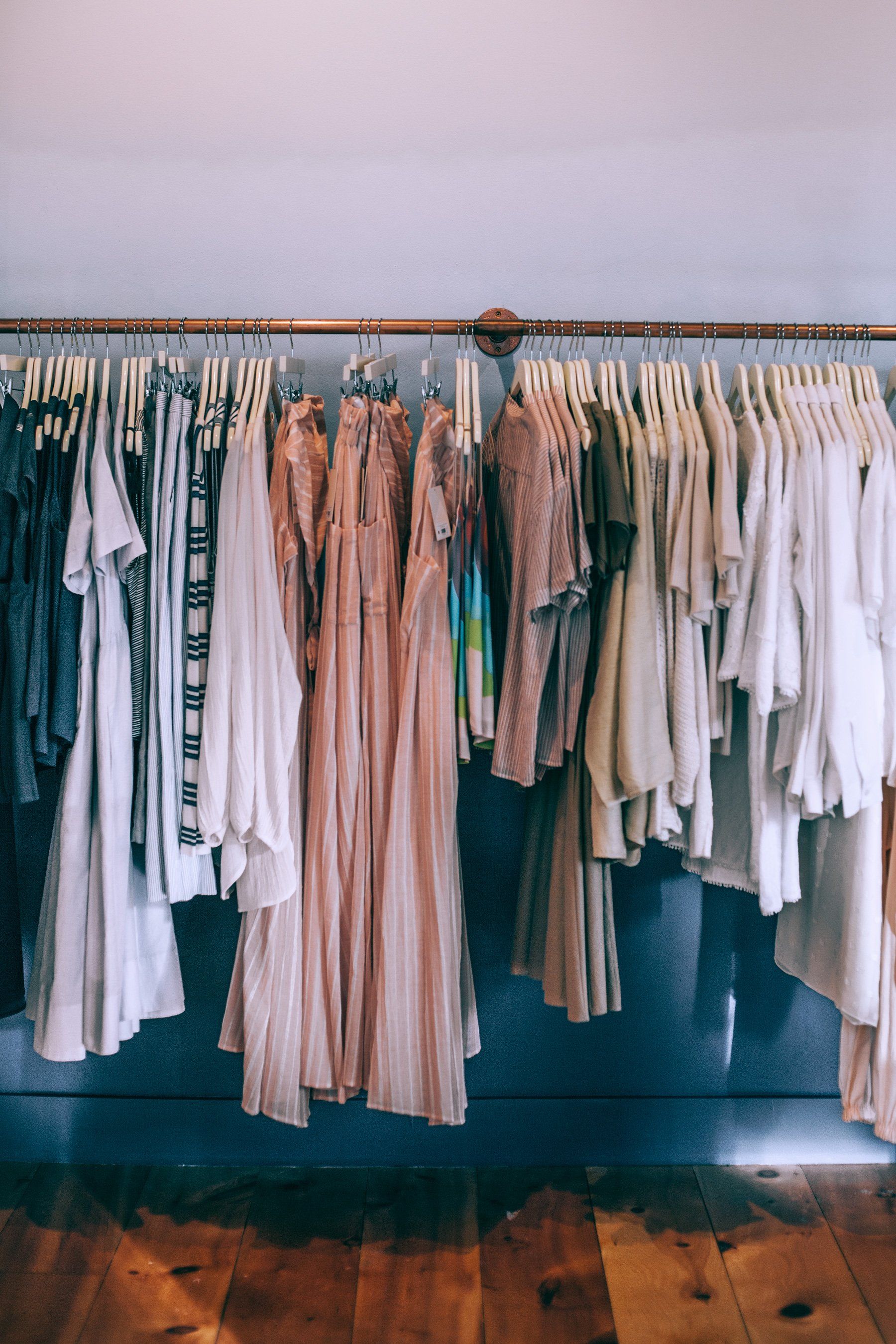
Back in the day, when you bought a suit jacket or party dress, it was made of wool or silk and was meant to last. Well-made garments were stitched by hand using quality fabrics, through the skill of a seamstress or tailor. Nowadays, a jacket might last a year before the seams start fraying, and a dress will stretch and fade after one washing.
It’s called “fast fashion,” and the glut of fabric it leaves behind is clogging landfills worldwide and filling waterways with pollutants. It’s a veritable tsunami of unwanted textiles.
Fast fashion is the practice of mass producing trendy styles of clothing – quickly, in high volume, and using cheap synthetic fabrics. The model is intended to result in short-term garments, discarded as quickly as the trend that inspired each piece. The clothes are inexpensive, easy to mass manufacture, and change at the whims of a fickle marketplace. And people can’t get enough of them, causing environmental damage around the globe.
The United Nations Environment Programme estimates that a truckload of textiles is dumped in a landfill or incinerated
every second, and people are buying 60% more clothing and wearing it half as long. This overabundance of abandoned textiles has significant environmental impact through the rapid increase in dumping of discarded garments, toxic wastewater from the dyeing and manufacturing process, and oceanic pollution of non-biodegradable plastics from synthetic materials.
“But I really want a new sweater to wear to that holiday party,” you say. “What can I do?” If you must consume fashion - and unless we all want to walk around in rags, we must - there are small choices you can make that will help.
Slow Fashion
Some clothing companies have made a commitment to fight against fast fashion. Manufacturers like Patagonia and Rothy’s are taking their responsibility toward environmental stewardship seriously. Companies like these are known as “Slow Fashion” and they’re worth checking out. (Is it cheap? No. Will their garments last for a long, long time? Yup.)
Circular Economy
Proponents of reducing the harm of fast fashion aim instead to implement a Circular Economy, a system which has a three-part approach:
- Eliminate waste in manufacturing and production
- Recirculate materials through repair, reuse, refurbishment, or recycling
- Regenerate the source through focusing on renewable resources
In a circular economy, materials never become waste and nature is regenerated. While it is certainly not feasible for an individual to create their own self-sustaining circular economy, there are small ways you can make an impact in your own household. From paying attention to the types of fabrics your clothing is made of - natural fibers like cotton, wool, and silk are biodegradable - to buying from companies that support more sustainable practices, to recycling unwanted textiles rather than throwing them in the trash, your small efforts will eventually add up.
Composting & Recycling
When your clothing and other household textiles really have reached the end of their useful life, don’t throw them in the trash! Textiles bound for the landfill can take hundreds of years to decompose, if at all.
Clothing donation bins are ubiquitous in church parking lots and behind businesses throughout the area. If you intend for your clothing to be reused, make sure you are dropping off your clothing in a bin that’s marked for a specific organization. Or better yet, if you want to donate quality clothing items for reuse, take the extra step of dropping them off inside your preferred charity during business hours, so you know that your items have been received and won’t sit in a moldy bin bound for recycling.
Non-wearable clothing and textiles like bed sheets and towels that cannot be donated can be dropped in one of the bins specifically marked for textile recycling. Up to 80% of donated clothing is sent to textile recyclers, who export items overseas for reuse, recycle fabric for industrial use, or convert the fabric into fiber for the automotive industry and other commercial use. The state-sponsored Re-Clothe NY initiative can help identify locations to donate textiles for reuse or recovery.
Sustainable Saratoga offers an extensive list of places to donate or recycle many items, including textiles, on their website. And make sure to visit some of our favorite nonprofit organizations, which are all happy to receive your donations.
Next time you buy a new item of clothing, take a minute to look at the label, and consider if you can avoid adding to the textile tsunami with a stylish, timeless, and more sustainable option!
